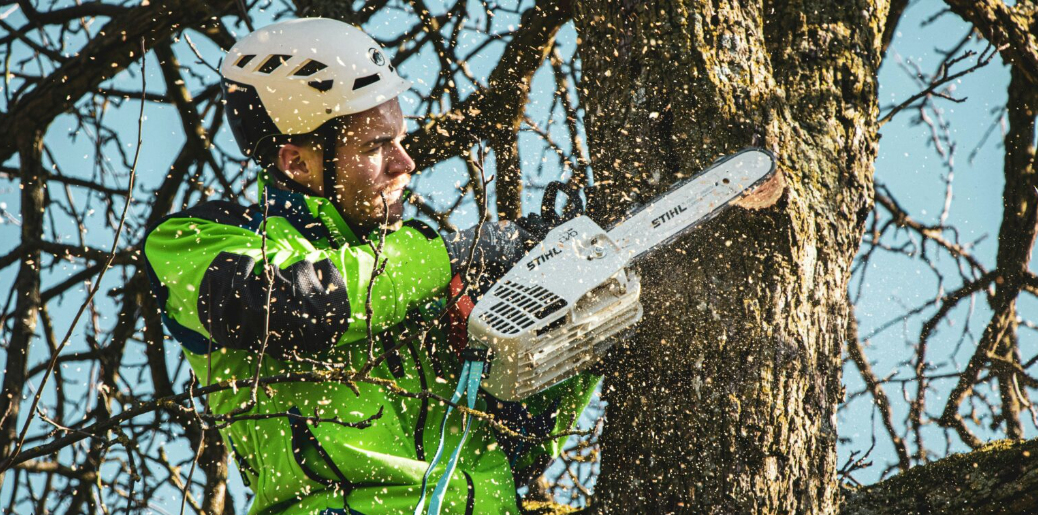
Arborists provide a variety of services, including tree pruning and removal. They are also skilled at spraying trees with chemicals to prevent and treat various pest problems.
Preventative arborist services are essential for the health of your trees and the surrounding environment. Regular pruning by a qualified arborist reduces the risk of storm damage, and property damage and prevents the spread of diseases.
Tree Removal
The work of an arborist Melbourne northern suburbs involves caring for trees in urban landscape settings. They use a wide range of specialised vehicles and tree climbing techniques to access the canopy of the trees they maintain. Their responsibilities include removing dead limbs, pruning, and structural support, installing lightning protection, and removing vegetation that is considered hazardous, an invasive species, or a disease vector.
A qualified and certified arborist will have extensive knowledge of the biological needs of trees and how best to meet them. They understand the ramifications of their decisions, both for the health and appearance of the tree and for the surrounding environment. Anyone can pick up a chainsaw and advertise themselves as a tree lopper, but if you want your trees properly cared for you need an expert with the right training, qualifications, and experience.
Arborists are also responsible for planting trees, and many can recommend the best plant species for a specific site based on soil type and sun exposure. They are also familiar with the correct planting methods to ensure that a tree grows into a strong, healthy specimen. They are also trained in the art of tree pruning and can trim a tree for health, structural, or aesthetic reasons. They are also able to respond to emergency situations where a tree has been damaged by storms or is dying.
Tree Pruning
Tree pruning is a vitally important part of a tree’s health care. It removes diseased or dead branches and promotes growth by allowing sunlight to reach lower limbs. It also reduces the risk of branch failure and improves fruit and flower production. It also enhances a property’s aesthetics by removing any unsightly or overhanging branches.
While trimming is a basic form of tree pruning, an ISA-certified arborist will make more precise cuts to achieve specific goals like reducing canopy density or shape. They’ll also consider factors that influence the growth of a tree like soil condition, turf grass competition, and structural closeness to buildings or power lines.
Properly pruning a tree can improve its structure, appearance, and function, including helping to reduce the risk of damage or hazards caused by storms or winds. It can also prevent limbs from rubbing together or falling, which may cause problems for people or animals walking under the canopy. Pruning can even help trees grow taller by reducing their crown size, removing suckers that are growing into the main trunk, and thinning out the canopy to improve airflow. This is especially important for trees that are near houses, powerlines, or tram lines. It’s also essential to keep possum guards on any large trees to prevent them from damaging the bark and limbs.
Stump Grinding
Stump grinding is an essential service for homeowners to undertake after having a tree removed, as it ensures the final product is a clean and visually appealing yard. Arborists can grind stumps up to six inches below ground level, which prevents any unwanted regrowth and also minimises the risk of root damage to underground utilities.
Compared to the traditional method of completely uprooting a stump, which involves digging out the whole thing, stump grinding is a much faster and less invasive process. However, it is important to speak with an arborist about whether or not stump grinding is the best approach for a particular stump project, as there are some instances where the procedure may not be suitable.
Stumps that are left in the ground can cause a number of problems for homeowners, such as being tripping hazards and difficult to mow around, as well as encouraging the growth of pests and disease in the surrounding vegetation. Having an old stump removed by an experienced arborist not only eliminates these issues but also frees up space for landscaping and other garden purposes.
If you have an interest in becoming an arborist, you can study a range of VET courses including Certificate III in Arboriculture (AHC33510) or a Diploma of Horticulture (AHC50520). You will need to have some prior experience with green waste disposal, landscaping, and/or tree work to undertake these qualifications.
Power Line Clearance
Electricity is important to our daily lives. Without it, we can’t use appliances like heaters and air conditioners or charge our phones. It’s also essential for lighting and cooking. When a tree or branch infringes on electricity poles, linesmen are called out to clear the area. Their jobs can be dangerous as primary transmission lines carry much more voltage than households – up to 100 times more. Most are coated with insulation, but others are bare and can kill in the blink of an eye.
Arborists are often required to work closely with power lines in residential and commercial areas. They must follow standards set out in ANSI Z133, which covers safety requirements for arboricultural operations in proximity to electrical hazards.
The specialised skills of arborists are used to manage and maintain Melbourne’s diverse and extensive treescapes. They offer advice on the best ways to protect and preserve our trees, including the removal of unhealthy or damaged specimens. They can also help councils and developers assess their development sites for tree-related risks.
Many professional arborists offer a wide range of services that benefit residential and commercial clients. These include quality tree pruning and lopping, stump grinding, fire safety management, and pro arborist reports. They follow sustainable practices, considering factors like native species preservation and urban forestry management when carrying out their work. They are also able to provide expert advice on how to plant and care for new or existing trees, including selecting the best location for them.
